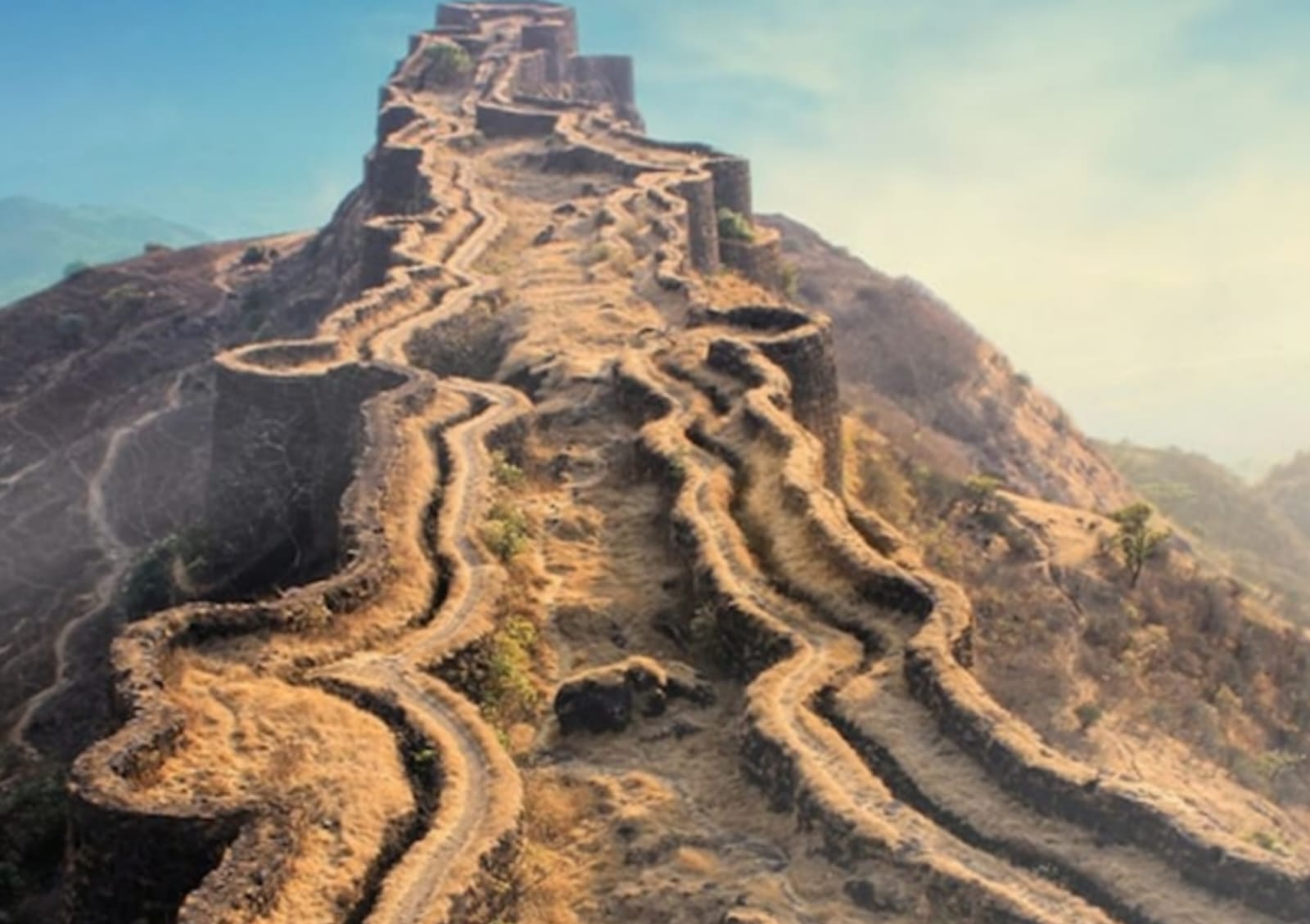
By Sulagna Halder
Paris, France:
In a powerful reaffirmation of the world’s shared heritage, UNESCO on Friday inscribed the “Maratha Military Landscapes of India” onto its coveted World Heritage List, recognising the 12 fort ensemble as a unique example of terrain sensitive military planning. The decision was made during the 47th session of the World Heritage Committee, held in Paris, and reflects the organisation’s commitment to safeguarding not just structures, but stories, ones etched in stone and spread across vast geographies.
Described by UNESCO as “an extraordinary fortification and military system envisioned by the Maratha rulers,” the inscription includes twelve historic forts: Salher, Shivneri, Lohagad, Khanderi, Raigad, Rajgad, Pratapgad, Suvarnadurg, Panhala, Vijaydurg, Sindhudurg in Maharashtra, and Gingee Fort in Tamil Nadu. Constructed during the 17th-19th century, these forts were hailed for the smooth confluence with all kinds of terrains, from Sahyadri ranges and Deccan plateau to Konkan coast, and the Eastern Ghats.
The World Heritage Committee admitted that the forts are more than a martial architecture. They are a reflection of a highly evolved defence strategy where geography itself became a weapon. The nomination dossier praised the way the forts were strategically positioned to maintain visual communication and operational coordination across distant locations.
“This inscription represents the values that UNESCO upholds, heritage that is local in origin but universal in significance,” said a representative of the World Heritage Centre. “The Maratha forts are not simply relics; they are living symbols of how civilisations adapted creatively to their environments and developed military architecture grounded in local ecological wisdom.”
The selection was not without debate. ICOMOS, UNESCO’s advisory body for cultural nominations, had initially raised concerns about whether the forts functioned as a cohesive system. India also submitted substantive technical and historical reports that indicated how the forts complemented one another in the aspects of surveillance, defence and territorial continuity. This was the interesting presentation as 18 out of 20 committee members voted in favour after deliberation of one hour.
A four member delegation representing India, headed by the Cultural Affairs Minister of the state of Maharashtra, Ashish Shelar had said the inscription was the “International recognition of the Maratha Empire military intellect, and the cultural pride.” In 2024, the validity of the nomination was ensured with the help of UNESCO field missions to the sites which ensured the authenticity and integrity of the fixed site.
The newly inscribed site now becomes the 44th World Heritage Site in India, making the country sixth globally in total number of inscriptions. For UNESCO, the Maratha Military Landscapes join a prestigious club of global landmarks that exemplify humanity’s interaction with nature, conflict, and creativity.
Officials at UNESCO indicated that the forts present an ingeniously integrated system of defence, which includes rainwater harvesting systems, underground granaries, signal towers and even nature camouflage, which all point to a sustainable military planning far in advance of the modern environmental discussion.
In addition to technical brilliance, the World Heritage Committee noted the fact that these sites are associated with longstanding cultural respects. Oral tradition, rituals and festivals relate to these forts and are kept alive in local communities. This UNESCO so called element of intangible heritage strengthened the case of India.
The inscription also indicated the long-term consequences of the inscription as highlighted by UNESCO. Other than the enhanced visibility, the designation comes with enhanced conservation responsibilities. The Government of India, the Archaeological Survey of India, and state authorities are expected to collaborate with global experts to ensure that development, tourism, and conservation are balanced.
“Being a World Heritage Site is not merely a label. It is a promise of stewardship,” said a member of the Committee. “India now joins hands with the international community to safeguard these forts, not just for India, but for the world.”
The response in India has been electric. Prime Minister Narendra Modi hailed the decision as “a celebration of our cultural heritage and strategic foresight,” while Chief Minister Devendra Fadnavis called it “a proud moment for every Maharashtrian.” Heritage activists and trekking communities across Maharashtra also welcomed the move, viewing it as a fresh opportunity to combine conservation with sustainable tourism.
As inscribed by UNESCO, the Maratha forts repeat an important philosophy, which is that the world heritage cannot be simply imbued with greatness or age, but the world heritage can show the world of an inexhaustible energy of invention and transmutation of forms. The existence of these forts on hills, cliffs, and coastal areas show that not everything about the heritage is decorative. Sometimes, it is a shield, functional, formidable, and fiercely local.
In celebrating the Maratha Military Landscapes, UNESCO has once again turned the global gaze toward stories shaped by land, history, and resistance. As international attention now focuses on these architectural marvels, the world is invited not just to visit, but to understand, and protect, a heritage that defended a civilisation with the wisdom of the earth beneath its feet.